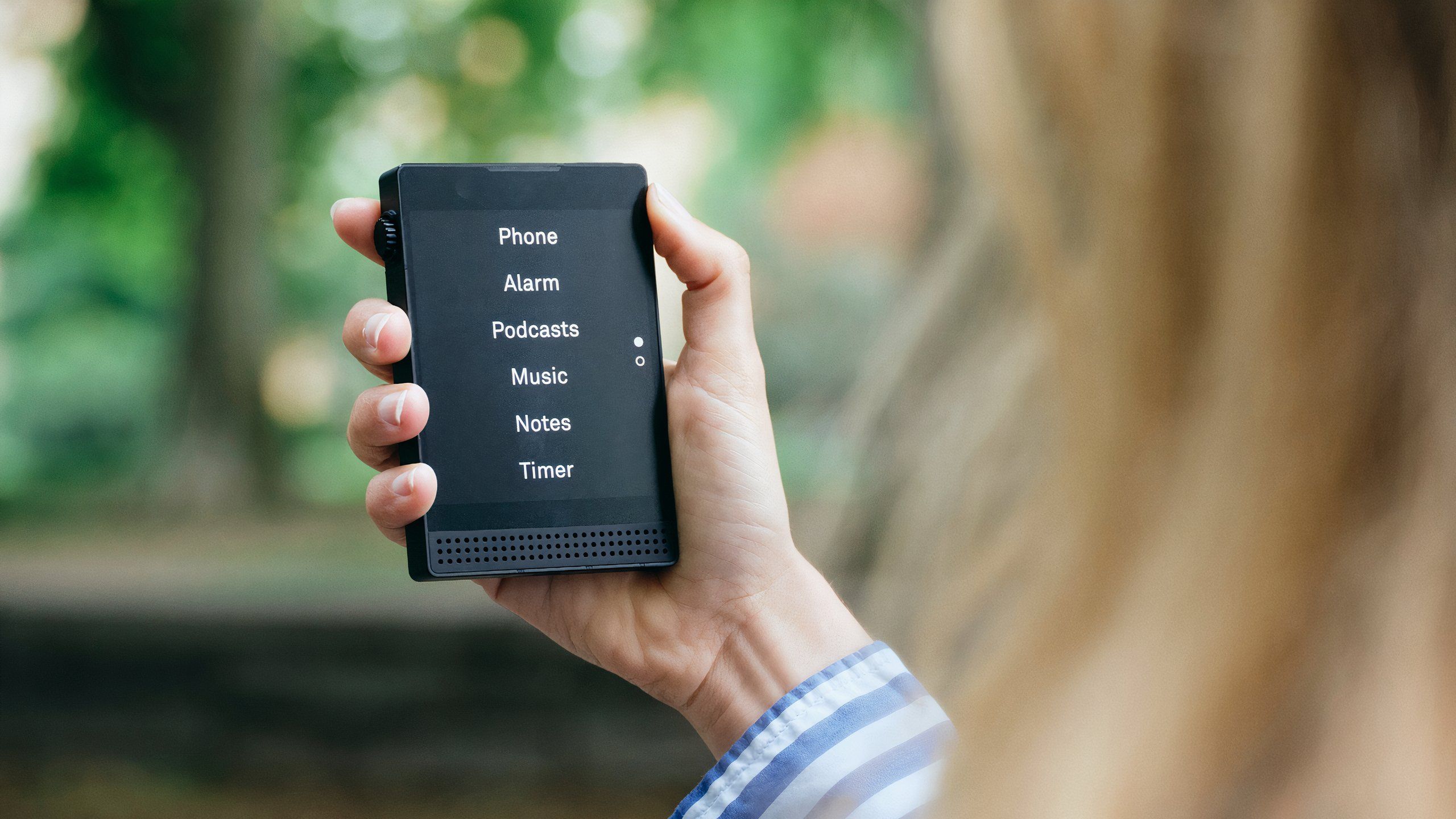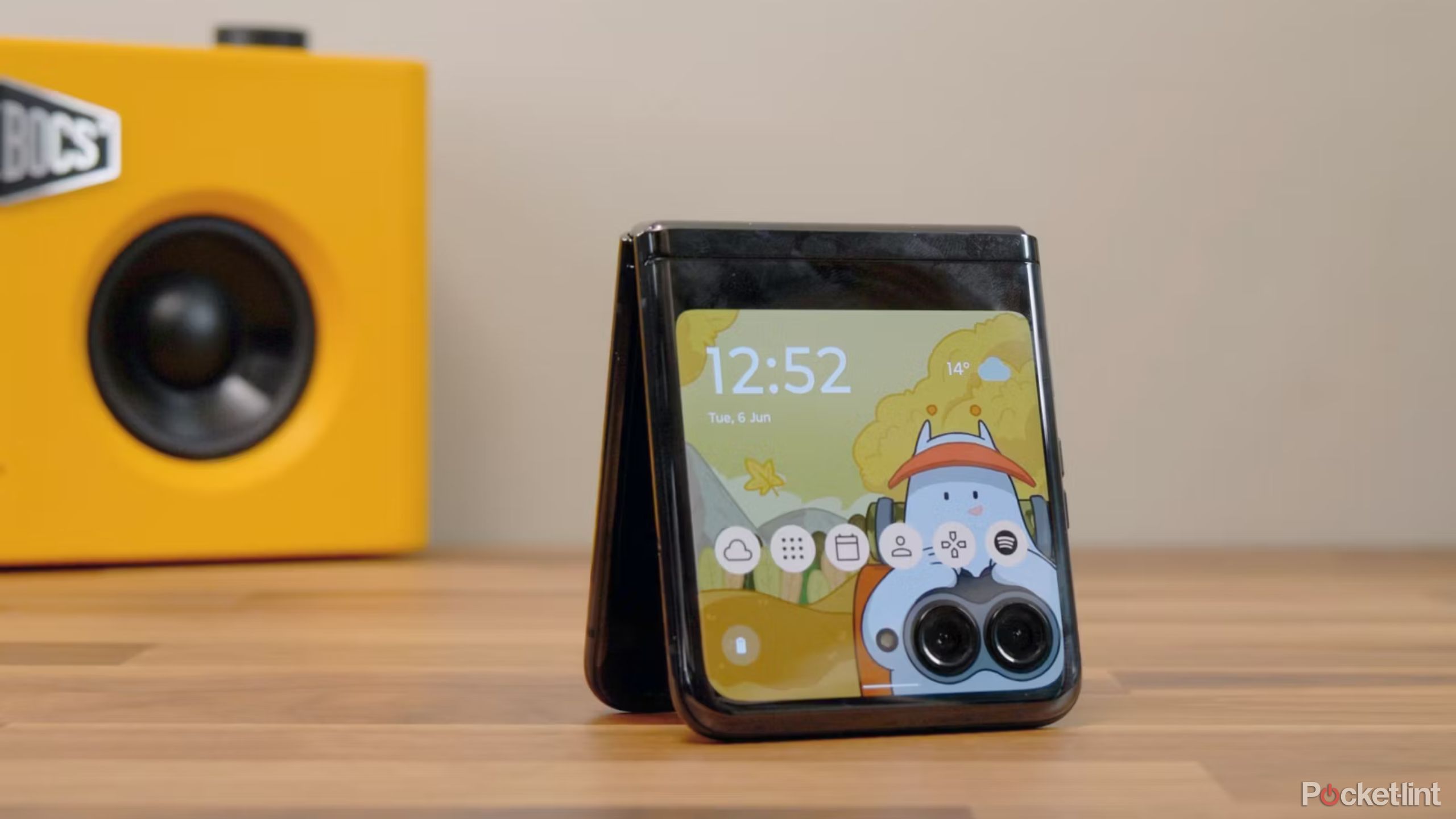Summary
- Minimalist phones attempt to deter device addiction, particularly when it comes to social media apps, but come with some major drawbacks that make them unusable for a lot of people.
- They’re terrible for in-car navigation, for instance, and may cut you off from work apps like Teams or Slack. Even things like NFC payments may be off-limits.
- Flip foldables offer a more practical alternative by putting the most addictive apps behind a small amount of friction.
If you’ve been following smartphones closely in the past few years, you’ve probably heard about “minimalist” phones — and no, I don’t mean the ultra-basic phones you might get from a carrier that can’t do much more than call or text. Arguably, those are the true minimalist devices, but what people really mean are products like the Light Phone 3, which support some smartphone functions — such as music playback or navigation — but intentionally block or deter others, like social media apps. A few of these, like the Boox Palma 2, accomplish this by using e-ink. There’s not much incentive to scroll through TikTok when it’s in choppy black-and-white.
I’ve seen these phones in action, though, and I’m convinced they’re not for me, or most people for that matter. I’ll explain why in a moment. But I’d also like to suggest that the burgeoning category of flip foldable smartphones may be a practical compromise.
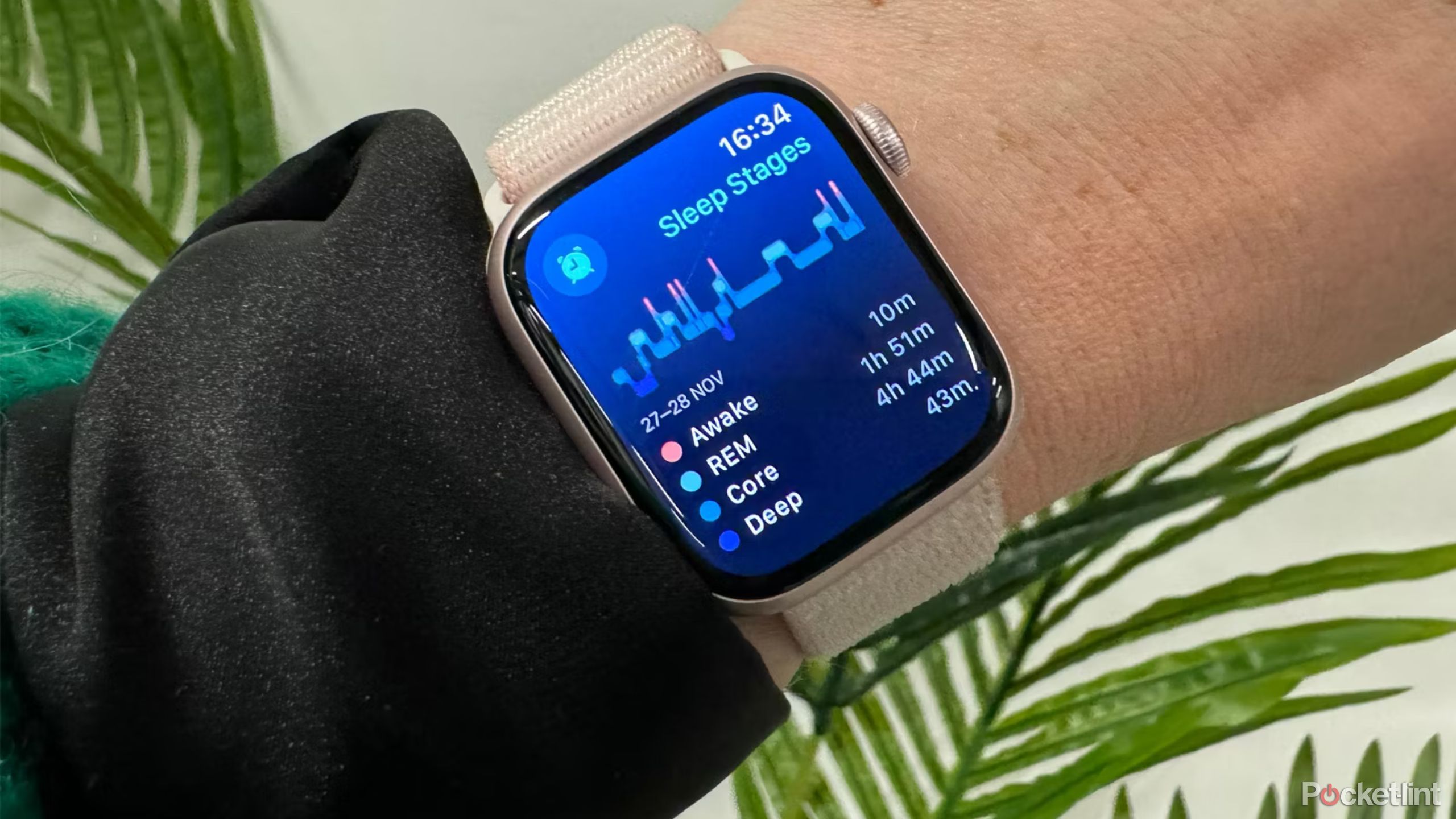
Related
I finally found a tech routine to help me get a good night’s sleep
There’s no digital cure-all for bad sleep, but tech can help instead of being a hindrance.
What’s wrong with minimalist smartphones?
Living in the modern age
Photo by Brian Kelley for Light / Pocket-lint
I appreciate the spirit behind minimalist phones, even if their makers are after your money just as much as any other company. Many of us really are addicted to our devices, particularly the social media apps on them. If it’s not TikTok, it’s Facebook, X, Reddit, Instagram, or one of the many other platforms out there. It’s possible to clamp down on this by deleting apps and exercising some self-discipline — but it’s remarkably easy to get drawn back in, given things like our craving for social approval, and the ability to quickly re-download software from app stores. If social media isn’t your bag, you might nevertheless be obsessed with games like Words With Friends or PUBG Mobile.
Buying a minimalist phone is akin to buying a nicotine gum to stop smoking — it might be no fun, and costly in its own way, but for some people, it’s a necessary step. Indeed, it’s not hard to find anecdotes online from people saying a minimalist phone helped them focus better, or even reconnect with people face-to-face. We’re probably all familiar with the phenomenon of friends and family getting together only to spend half the time staring at a screen.
Many of us depend on work apps that don’t function well or at all on minimalist hardware.
There are some critical flaws with minimalist phones, though, beginning with navigation. They do have navigation apps, including Google Maps if they use Android, yet a black-and-white screen can make it surprisingly difficult to distinguish routes or points of interest. On top of that, there are framerate issues, and you can forget about Apple CarPlay or Android Auto. I wouldn’t want to use a minimalist phone for getting around unless I was relying on public transportation, and many Americans and Canadians don’t have that flexibility.
On a similar note, many of us depend on work apps that don’t function well or at all on minimalist hardware. I could, in theory, use apps like Asana and Slack on a Palma — but it would be a slow and unpleasant experience, and video conferencing apps like Zoom and Webex are right out. That degree of minimalism only meshes with a select number of careers. Indeed, the Palma isn’t even a phone in the traditional sense. It’s just an e-reader you can treat like one if there’s a Wi-Fi hotspot nearby.
There’s a potential avalanche of concerns here. You might be unable to make NFC payments, for instance, or on non-Android devices, order things like groceries, rideshares, and airline tickets. I wouldn’t want to fly cross-country if all I had was a Light Phone.
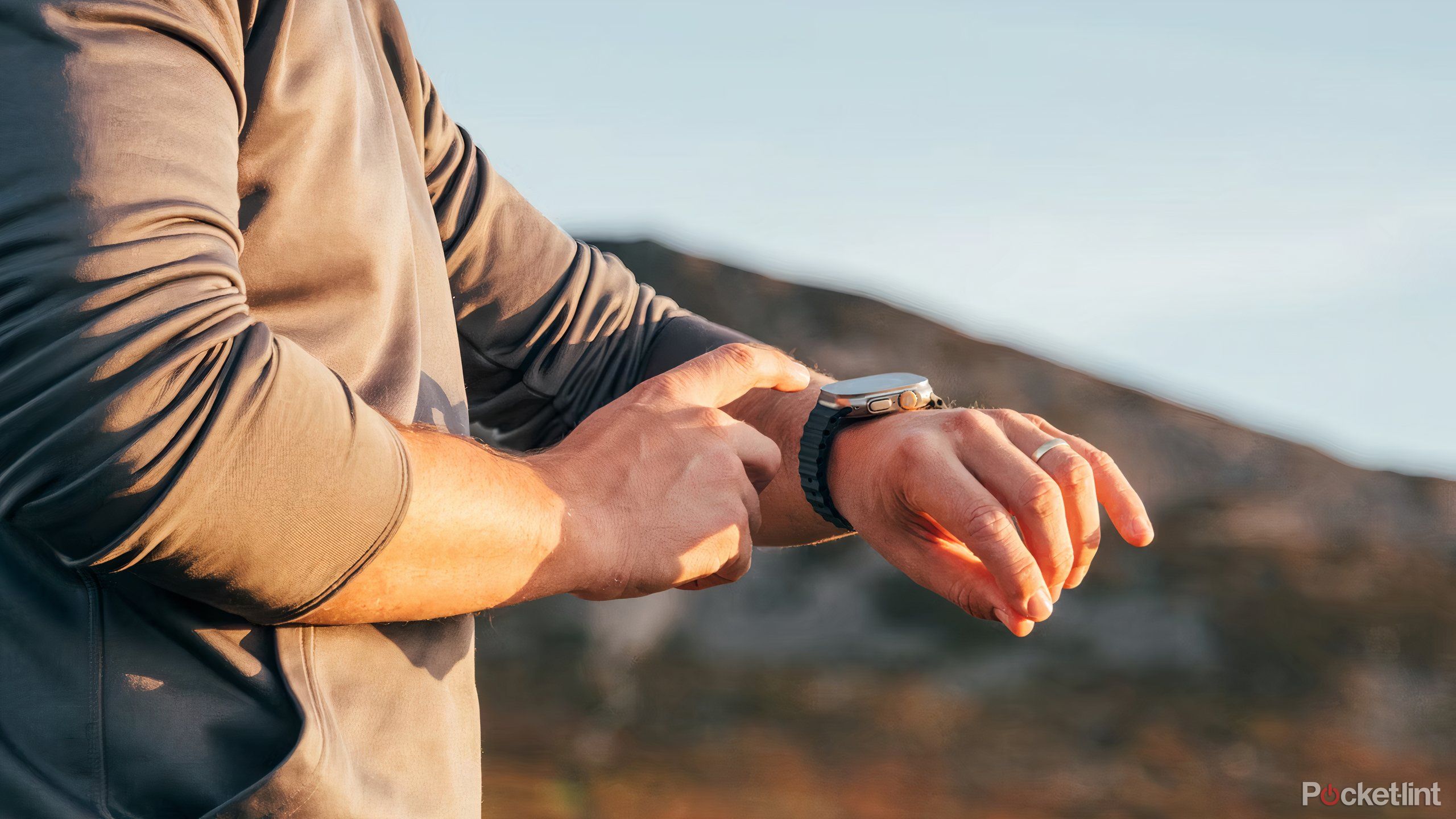
Related
The 7 must-have tech tools for travel I always keep in my bag
If your philosophy is to travel light, these are the seven tech tools that should always be in your bag.
Enter the flip foldable
Just enough friction
Flip foldables aren’t meant to be taken as “minimalist,” of course. From a certain perspective, they’re the exact opposite — they not only have all the apps of a conventional smartphone, but an additional cover screen where some of those apps take on a different form. When they can’t appear there, there’s no choice but to flip the phone open, which is a hassle you won’t get with other form factors.
That’s actually a blessing in disguise, however. The friction it creates encourages you to use the cover screen, where you’re not only limited in app functions, but which apps will run at all. The cover on the Galaxy Z Flip 6 , for example, is mostly limited to calls, photos, videos, messaging apps, and live translations, at least once you exclude info widgets. If you want to access something like TikTok or Instagram, it involves a conscious decision to go forward. Having to open a phone over and over should, hopefully, make you question how much you’re really getting out of apps.
That might not be enough of a barrier to break every phone addiction, but it’s better than nothing, and doesn’t come with the crippling downsides of authentically minimalist devices. You won’t lose touch with work on a flip device, or have trouble figuring out which exit you’re supposed to take when you’re driving around town. These are the sorts of problems that can and do make other people turn away from minimalist products, not just myself.
Having to open a phone over and over should, hopefully, make you question how much you’re really getting out of apps.
Companies like Samsung and Motorola aren’t eager to market flip foldables as detox devices — they’re sold mainly as a compact alternative to candybar smartphones, in which case it’s not wise to emphasize a point of inconvenience. But it’s an idea they might want to lean into in the future, given that there is a groundswell of people who recognize the issues with the modern tech landscape and its impact on personal happiness, not to mention society at large.
We’ll have to wait and see if that movement moves the needle. And there’s no guarantee the flip form factor will stay around forever — many companies, Apple included, are gravitating towards book-style foldables, which have full-sized cover screens. Those don’t do anything to prevent a midnight TikTok binge, and the only major barrier to their adoption is cost, which should eventually come down.
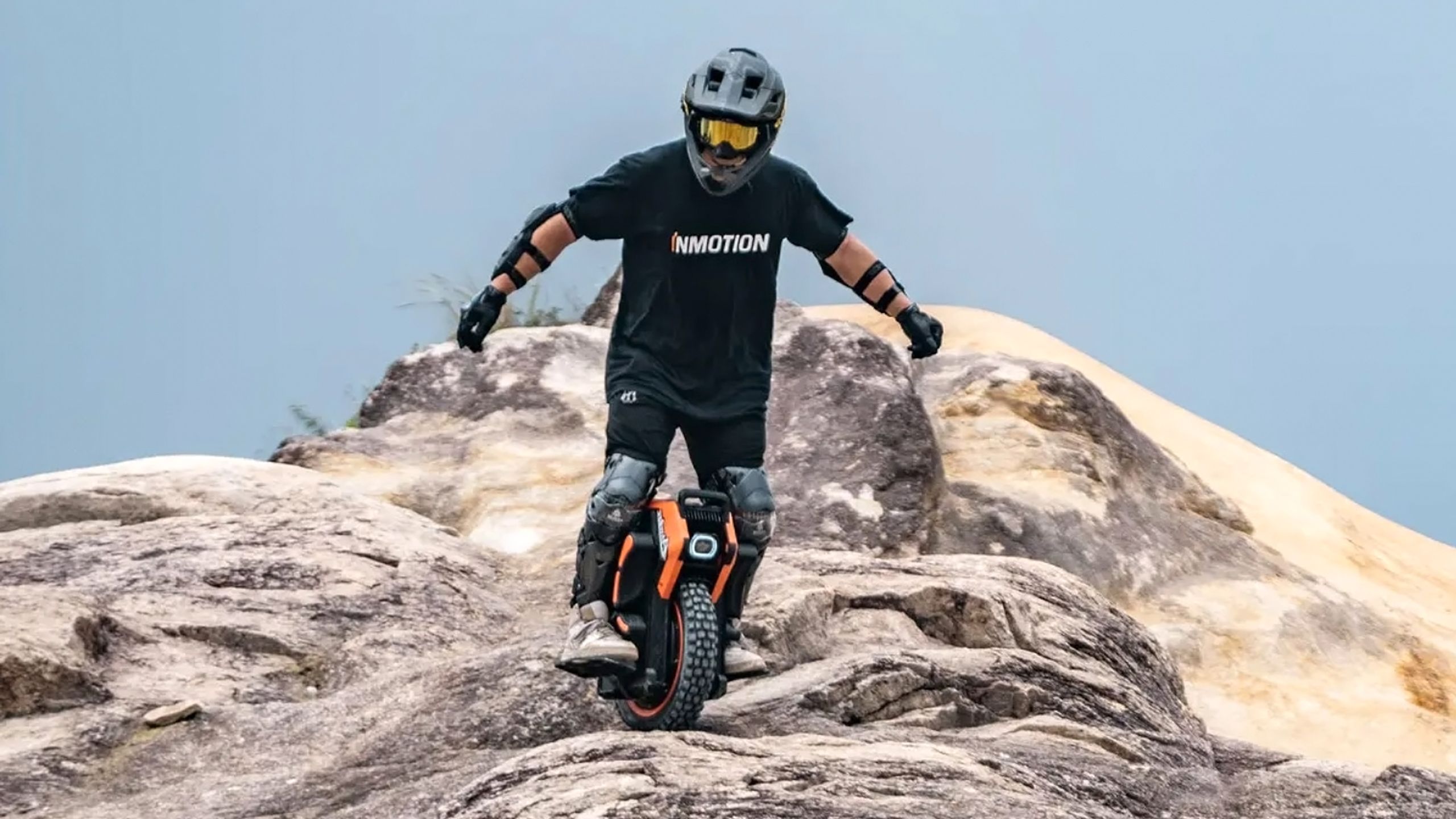
You might also like
Everything you need to know about PEVs, or personal electric vehicles
You can use PEVs like e-bikes and scooters to explore, run errands, or speed up your commute.





